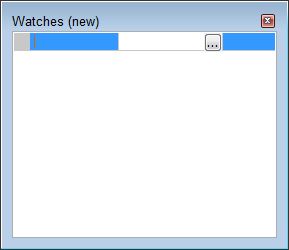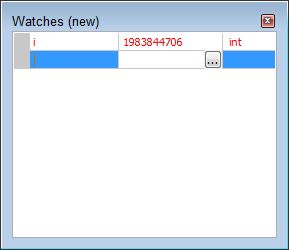Procedures, a description of how to perform a task, form the backbone of most non-fiction books and even appear sometimes in fiction books. The process of doing something is the reason that many people buy a book. It’s important to realize that most people buy books to fulfill a need—often to save time and effort. Yes, it’s important to present information in the most professional manner possible, but the accuracy and completeness of the information you provide is actually more important.
Some authors make the mistake of thinking that books only contain one type of procedure. This perception can be reinforced by books that follow a certain style in order to create a book brand that offers the reader a consistent experience. However, authors can actually choose from a wide range of procedure types:
- Numeric Steps: Step-by-step procedures are the kind that most authors think about immediately. This type of procedure has the benefit of clarity and of a visual presentation that the reader will understand quickly. However, they lack depth and when an author needs to explain a process in detail, numeric steps can become cumbersome and difficult to use. In addition, numeric steps are often limited to just two or three levels and some processes may require additional levels.
- Running Commentary: The author places each step in an individual paragraph. The first sentence normally provides an overview of a more complex process that the step must fulfill. This type of procedure allows the author to provide much needed detail and to emphasize information in ways that would be difficult using numeric steps. In addition, this kind of procedure is often viewed as friendlier and more accessible by the reader (especially novices who want to learn a process in detail). Unfortunately, the reader will have a hard time finding this sort of procedure because it doesn’t generally stand out from the rest of the text. In addition, this form doesn’t offer levels, as such. It’s basically a single level procedure.
- Outline: A complex process could be explained using an expanded outline format. Each heading is an individual step. Depth is achieved through the use of subheads and the number of layers is limited only by the number of heading levels (generally between four and six) that a book design accommodates. Readers can usually recognize this sort of procedure visually, especially if the headings include numbers to indicate steps. The problem with this format is that it tempts the author to provide too many unneeded details, a wealth of asides, and even to get completely off track.
- Graphic: Some processes aren’t easy to describe using a written procedure. It’s possible to use a flowchart or organizational chart format to describe many processes in a manner that the reader can grasp almost immediately. The down side to this kind of procedure is that the author must be extremely terse. There is only so much space for text in a graphic procedure.
- Hybrid: Using links makes it possible to combine approaches when necessary. For example, a graphic procedure could include references to pages that contain detailed information. The pages could then employ any of the other procedure formats to enhance the detail offered by the graphic format. In fact, it’s possible to link multiple graphic presentations so that one flows into another.
These are just a few of the common offerings at an author’s disposal. There are many ways to format a procedure so that it conveys the information the reader needs in precisely the right way. Experimenting with procedural formats will help you hone your skills and to choose just the right form for your readers. Let me know if you have any questions about writing procedures at [email protected].


